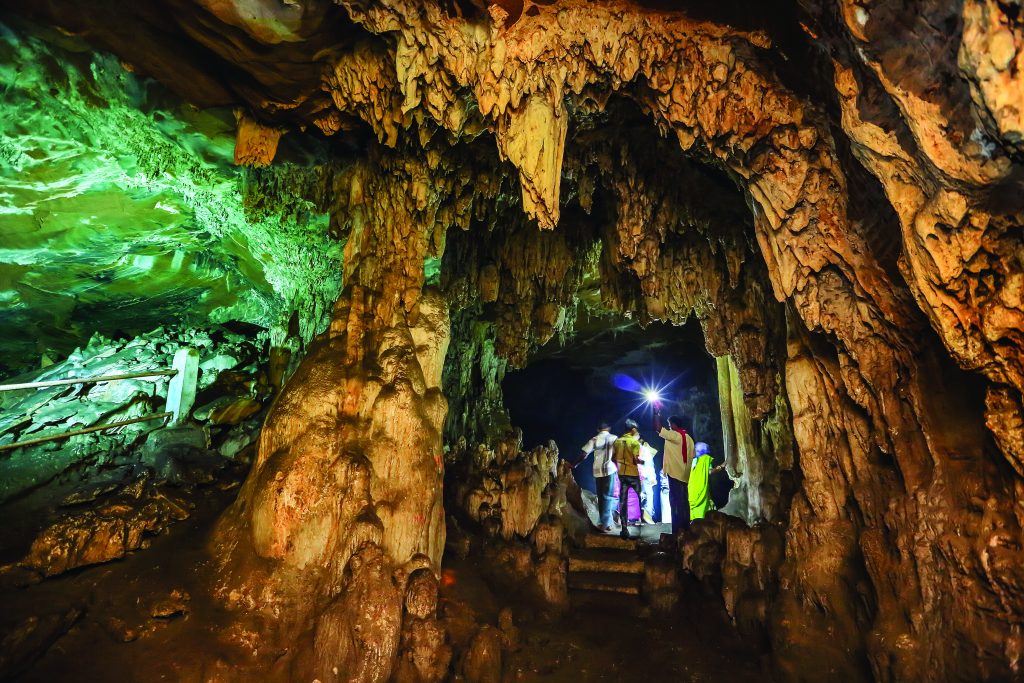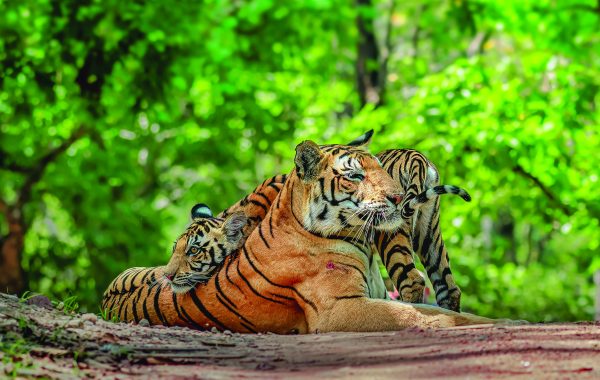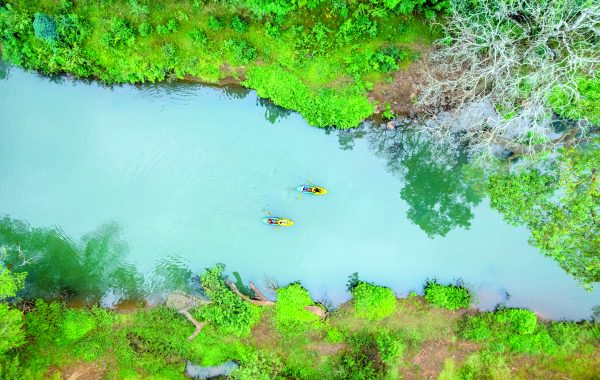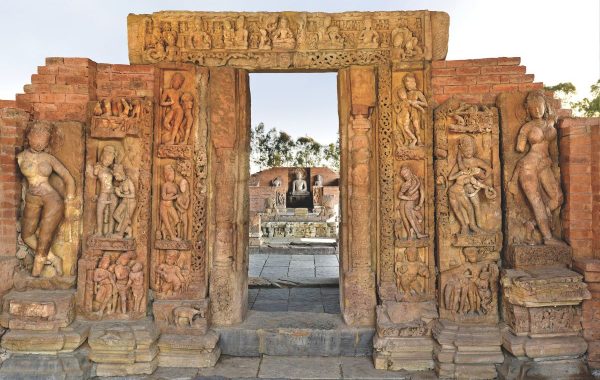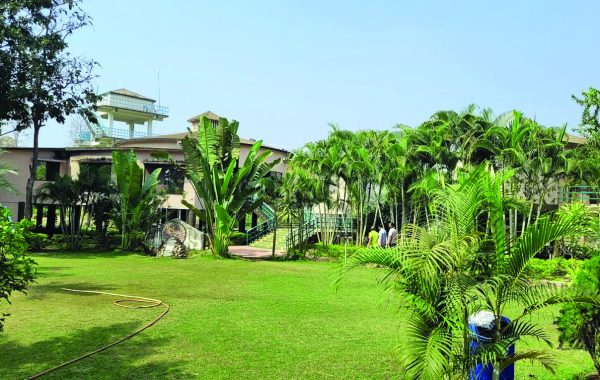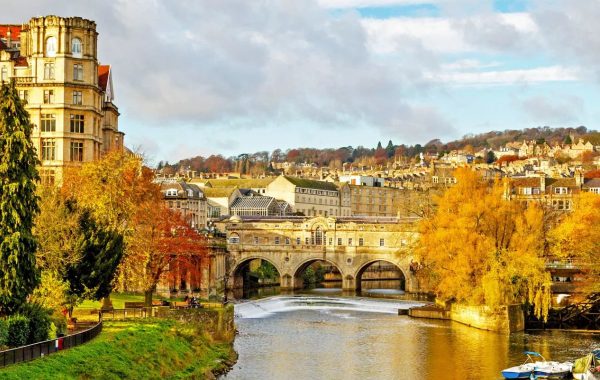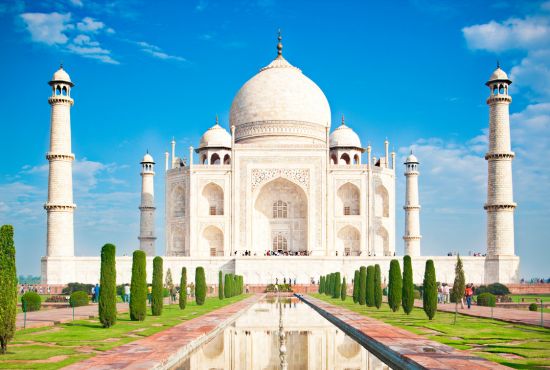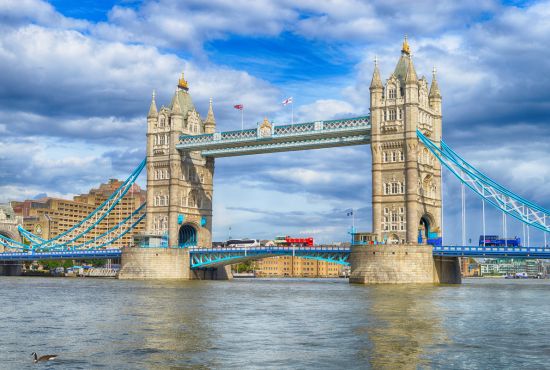Discover Chhattisgarh’s mysterious caves – perfect for history lovers, adventure seekers, and travelers exploring India’s hidden gems
Located within the heart of India in Chhattisgarh, lies a mesmerizing blend of natural beauty and ancient history, where time seems to stand still. Hidden amidst verdant forests and rugged terrain, these caves are a testament to the region’s rich cultural and geological heritage. Their intricate formations and carvings whisper stories of a bygone era, offering glimpses into prehistoric life, religious devotion, and artistic ingenuity. These enigmatic spaces promise a journey into the depths of mystery and wonder, inviting you to explore the timeless charm of the past etched into the centuries old rocks.
KAILASH CAVE
Tucked away in the dense forests near the Tirathgarh waterfalls, Kailash Cave is a fascinating underground wonder that offers a glimpse into nature’s artistic prowess. Located approximately 40 km from Jagdalpur, this cave is renowned for its extraordinary limestone formations, including stalactites (hanging from the ceiling) and stalagmites (rising from the floor), formed over millions of years. These formations are more than just geological wonders; they hold cultural significance, with some resembling Shivlingas that are revered by locals.
Things To See
Discovered on March 22, 1993, Kailash Cave is part of the Kanger Valley National Park, a region celebrated for its rugged landscapes, lush forests, and diverse wildlife. Measuring about 200 meters long, 35 meters wide, and 55 meters deep, the cave’s intricate features evoke wonder, especially when one realizes the patience of nature—an inch of these formations takes nearly 6,000 years to develop. The natural acoustics within the cave create musical reverberations, adding a mystical charm to the experience.
How to Reach:
By Air: Swami Vivekananda Airport in Raipur (322 km), Maa Danteshwari Airport Jagdalpur (33 km)
By Train: The closest railway stations are at Jagdalpur (32 km) and Raipur (335 km).
By Road: Raipur (335 km), Jagdalpur (34 km)
KOTUMSAR CAVE
Located within the Kanger Valley National Park, approximately 38 km from Jagdalpur, Kotumsar Cave is a fascinating natural wonder. Famed for its intricate stalactite and stalagmite formations, the cave is one of the largest limestone caves in the world and plunges 35 meters below ground level. It features five natural chambers and several blind wells, adding to its mysterious allure. Originally known as Gopansar Cave, it derived its present name from the nearby village of Kotumsar.
Things To See
The mineral-rich rocks of the cave create stunning bands of color that accentuate its natural formations, offering breathtaking sights as visitors explore its depths. Among its unique inhabitants is a species of genetically blind fish, a fascinating adaptation to the cave’s perpetual darkness. A vertical fissure in a hill serves as the cave’s entry point, leading visitors into its nearly 200-meter-long main tunnel, which branches into various lateral and downward passages. Located close to the Kanger River, which feeds into the Kolab River, this site stands out as a significant ecotourism attraction, highlighting the stunning interplay of natural artistry and geological marvels.
How to Reach:
By Air: Swami Vivekananda Airport in Raipur (approximately 321 km), Maa Danteshwari Airport Jagdalpur (32 km)
By Train: The closest railway stations are at Jagdalpur (approximately 31 km) and Raipur (333 km).
By Road: Raipur (333 km), Jagdalpur (approximately 30 km)
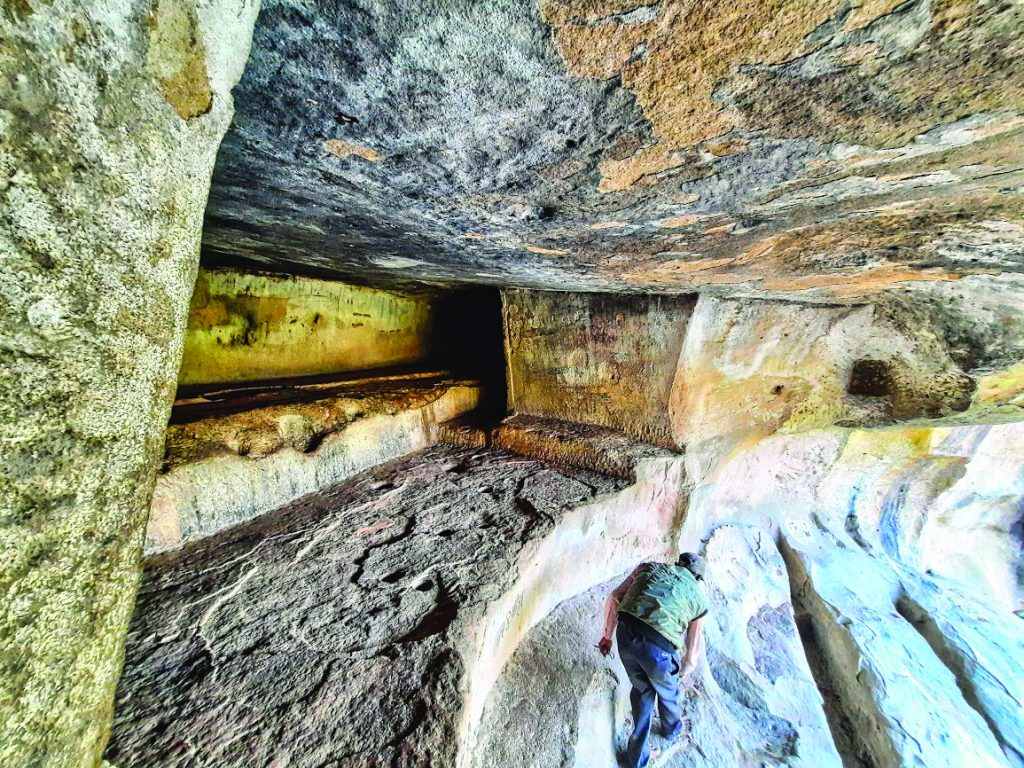
SITA BENGRA CAVE
Nestled on the northeastern slope of the Ramgarh hills in Chhattisgarh’s Surguja district, Sita Bengra Cave is a site of immense mythological and historical importance. Believed to have been the dwelling of Goddess Sita during her exile, this ancient rock-cut cave is steeped in legends tied to the Ramayana.
Things To See
The cave, measures 14 meters in length, 4.2 meters in width, and stands 2 meters high at the entrance. As the height decreases toward the back, its unique structure reflects ancient craftsmanship. Adding to its mystique are human footprints in the right corner, further reinforcing its connection to the legendary figures of Sita and Lord Rama. The cave holds literary significance as well; it is believed that the great Sanskrit poet Kalidasa composed his masterpiece Meghaduta (The Cloud Messenger) here. The surrounding area, known as Ramagiri Hill, is named after Lord Rama, emphasizing the site’s deep-rooted connection to Indian mythology.
How to Reach:
By Air: Swami Vivekananda Airport in Raipur (approximately 313 km), Bilasa Devi Kevat Airport, Bilaspur (193 km)
By Train: The closest railway stations are at Ambikapur (46 km) and Raipur (approximately 296 km).
By Road: Raipur (approximately 298 km), Ambikapur (44 km)
JOGIMARA CAVE
Jogimara Cave, located in the Ramgarh hills of Surguja district, Chhattisgarh, is an archaeological site that dates back to the 3rd century BCE. This ancient cave is known for its historical and cultural importance, offering a glimpse into early Indian art and society. The cave is believed to have served as a place of rest for travelers or as a venue for performances, showcasing a deep connection to ancient Indian trade and culture.
Things To See
The Jogimara Cave features some of the earliest known murals in India. These ancient paintings, crafted with natural pigments, depict scenes of humans, animals, and geometric designs, showcasing the artistic prowess of the era. The cave also houses inscriptions in Brahmi script, offering valuable insights into the language and culture of the time. Its rock-cut architecture, characterised by simplicity, reflects the techniques of the Mauryan period, creating a striking contrast to the cave’s rich artistic and historical significance.
How to Reach:
By Air: Swami Vivekananda Airport in Raipur (approximately 316 km), Bilasa Devi Kevat Airport, Bilaspur (196 km)
By Train: The closest railway stations are at Ambikapur (48 km), Raipur (approximately 299 km), and Jagdalpur (33km)
By Road: Raipur (approximately 301 km), Ambikapur (46 km)
DANDAK CAVE
Situated within the Kanger Valley National Park in Chhattisgarh, Dandak Cave is a interesting natural formation, offering a thrilling subterranean experience. Known for its intricate limestone formations and mesmerizing rock structures, the cave provides a unique glimpse into the geological wonders of the region. It is a must-visit for nature enthusiasts and adventure seekers, who will be impressed by its natural beauty and quiet, mystical ambiance.
Things To See
Dandak Cave captivates visitors with its stunning stalactites and stalagmites, formed over millions of years. The spacious chambers, linked by narrow passages, feature smooth walls and fascinating rock formations, with the first chamber accommodating up to 500 people and the second offering a more intimate setting. Unique acoustic effects create enchanting echoes, while the cave’s ecosystem, home to bats and other wildlife, adds to its geological and ecological significance.
How to Reach:
By Air: Swami Vivekananda Airport in Raipur (approximately 321 km), Maa Danteshwari Airport Jagdalpur (33 km)
By Train: The closest railway stations are at Jagdalpur (31 km) and Raipur (333 km).
By Road: Raipur (333 km), Jagdalpur (30 km)

SINGHANPUR CAVE
Singhanpur, located just 20 km from Raigarh in Chhattisgarh, is renowned for its ancient rock shelters and prehistoric cave art, believed to date back to 30,000 BCE. These caves are celebrated as some of the oldest repositories of human expression, featuring carvings and paintings that offer a fascinating glimpse into early human life. Discovered in 1910, the site has been extremely popular with historians, archaeologists, and travelers alike for its unique artistic and cultural significance.
Things To See
The Singhanpur Cave shelters showcase a remarkable array of prehistoric rock art, featuring intricate paintings and carvings that vividly depict hunting, dancing, agricultural activities, and animals like deer, elephants, wild boars and rhinoceroses, all rendered in vibrant colors that highlight early human creativity. Beyond these realistic scenes, the caves also present symbolic and geometric designs, including palm prints and bullock cart imagery, providing valuable insights into the socio-cultural practices of ancient communities. Archaeological findings of tools and artifacts further establish Singhanpur as a significant center of prehistoric life and culture.
How to Reach:
By Air: Swami Vivekananda Airport in Raipur (approximately 257 km), Bilasa Devi Kevat Airport, Bilaspur (135 km)
By Train: The closest railway stations are at Raigarh (24 km) and Raipur (approximately 240 km).
By Road: Raipur (approximately 242 km), Raigarh (21 km) Singhanpur (58 km)
This article is published in collaboration with Chhattisgarh Tourism Board
For latest travel news and updates, food and drink journeys, restaurant features, and more, like us on Facebook or follow us on Instagram. Read more on Travel and Food Network


